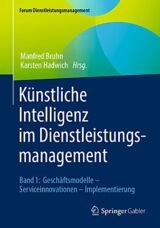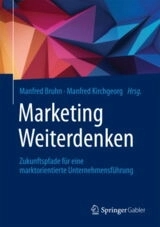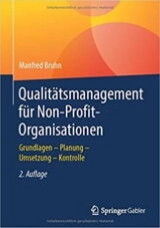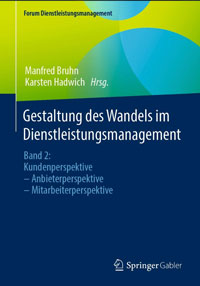Durch die Vielfalt unserer Projekte zieht sich eine Konstante: der konsequente Anspruch, Unternehmen durch nachhaltige Geschäftsmodelle zukunftsfähig zu machen. Die Zeiten rein effizienzgetriebener Strategien sind vorbei. In der Zukunft werden solche Unternehmen erfolgreich sein, deren Strategie ökologisch, sozial und ökonomisch nachhaltig ist. Dies geht über die Einhaltung gesetzlicher Richtlinien hinaus und betrifft die glaubwürdige Transformation des gesamten Unternehmens.
Gleichzeitig bleibt es für Unternehmen eine Basisanforderung, konkreten Wert für ihre Zielgruppen zu schaffen und sie in ihrer Lebenswelt zu erreichen. Denn Zukunftsfähigkeit setzt auch voraus, für die eigenen Angebote Nachfrage und Preisbereitschaft am Markt zu generieren. Wir entschlüsseln daher die Entscheidungslogik der Kundinnen und Kunden und nutzen dieses Wissen für die Entwicklung nachhaltiger Strategien, Marken sowie Service- und Leistungsangebote.
Wieso wir unserem Anspruch gerecht werden können? Wir setzen seit vielen Jahren auf die Kombination von Marktforschung, Strategieplanung und Organisationsentwicklung. Diese Kompetenzen bilden die Grundlage, um mit Transformationspläne zu entwickeln, die Unternehmen spürbar bewegen und nachhaltig in die Zukunft führen. Davon profitieren alle: Kundinnen und Kunden über werthaltige Angebote, Anteilseignerinnen und Anteilseigner sowie Führungskräfte über zukünftige Wettbewerbsfähigkeit, Mitarbeitende über soziale Arbeitswelten und unsere Umwelt über eine Reduktion planetarer Risiken.



























































